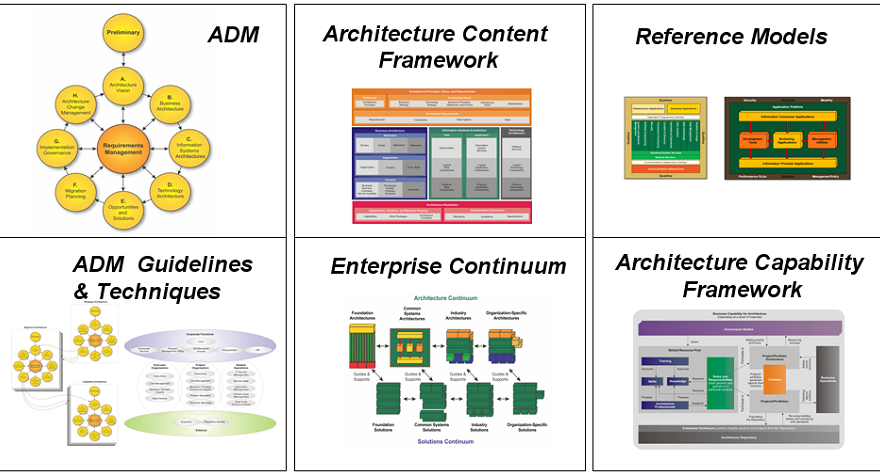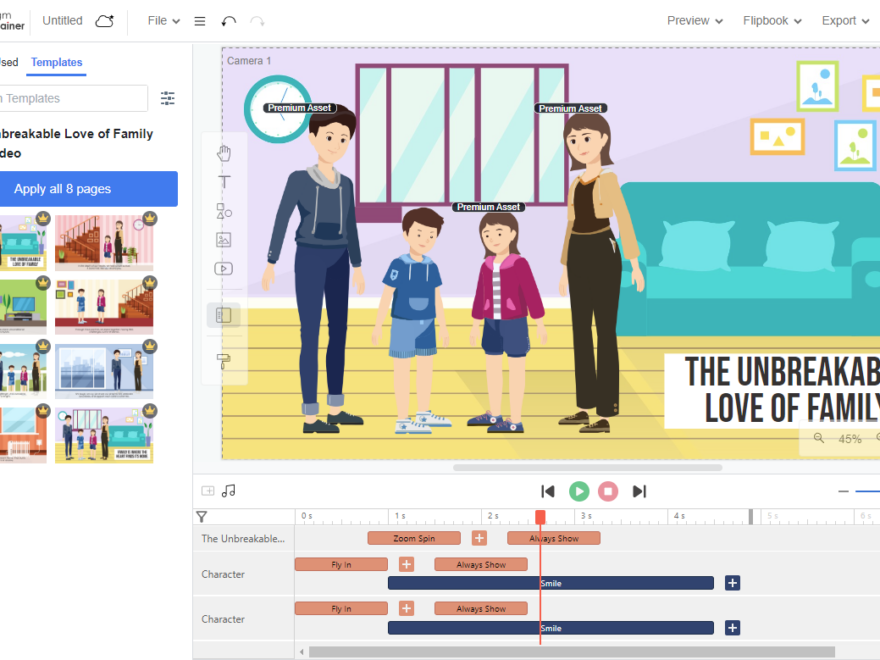The Open Group Architecture Framework, or TOGAF®, isn’t just a catchy acronym; it’s a dynamic tool that has been guiding
Continue reading
Learning one new thing everyday


The Open Group Architecture Framework, or TOGAF®, isn’t just a catchy acronym; it’s a dynamic tool that has been guiding
Continue reading
Introduction Embark on a journey through the intricate world of TOGAF’s Architecture Development Method (ADM) with our comprehensive guide. As
Continue reading
Video marketing is effective for several reasons. Firstly, videos have a higher engagement rate compared to other forms of content,
Continue reading
In a world flooded with information and content, the ability to capture and retain an audience’s attention has become a
Continue reading
E-commerce businesses are constantly seeking innovative ways to stand out and engage their customers. One of the most powerful tools
Continue reading
In the fast-paced digital landscape of 2021, where attention spans are shrinking, engaging and informative content is essential. Explainer videos
Continue readingIn today’s fast-paced digital world, effective communication is not just a valuable skill; it’s a necessity. Whether you’re a business
Continue reading
Are you tired of scrolling through your social media feeds and seeing the same old boring images? Do you want
Continue reading
In today’s fast-paced digital world, visual content has become an integral part of any successful marketing strategy. From social media
Continue reading
Editing PowerPoint online Editing PowerPoint online refers to the process of making changes to a PowerPoint presentation using the web-based
Continue reading